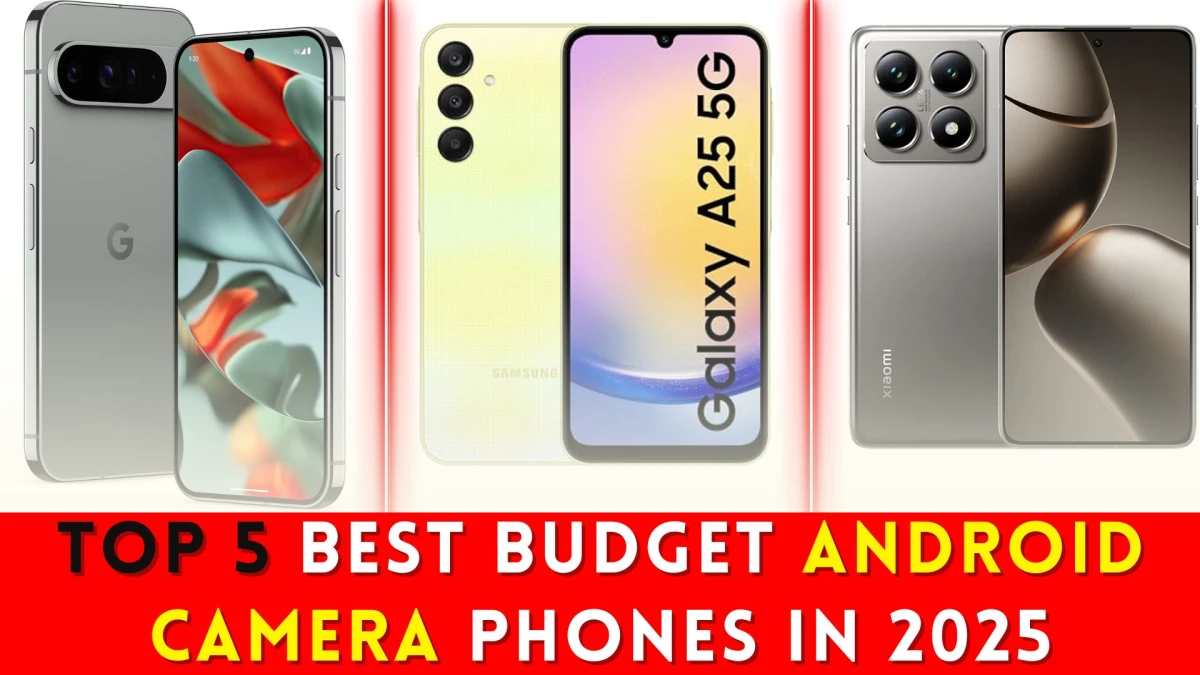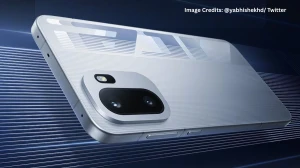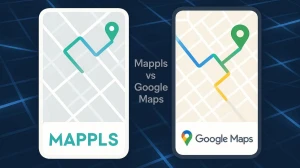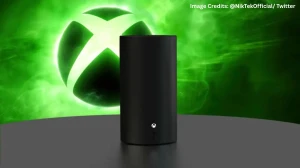Top 5 Best Budget Android Camera Phones in 2025
In 2025, smartphone photography has reached impressive heights—even in the budget segment. You no longer need to spend a fortune to capture sharp, vibrant, and detailed photos.
Android manufacturers are pushing the boundaries, offering feature-packed camera phones at wallet-friendly prices.
Whether you're a casual snapper or a budding mobile photographer, these budget Android phones bring flagship-level camera performance within reach.
Here's a look at the top 5 best budget Android camera phones in 2025 that deliver stunning images without breaking the bank.
| Rank | Mobile Phone |
|---|---|
| 5 | Motorola Edge 60 Fusion |
| 4 | Nothing Phone (3a) |
| 3 | Xiaomi 14 |
| 2 | Samsung Galaxy A25 |
| 1 | Google Pixel 9a |
5. Motorola Edge 60 Fusion: Balanced Performance With Superior Night Vision
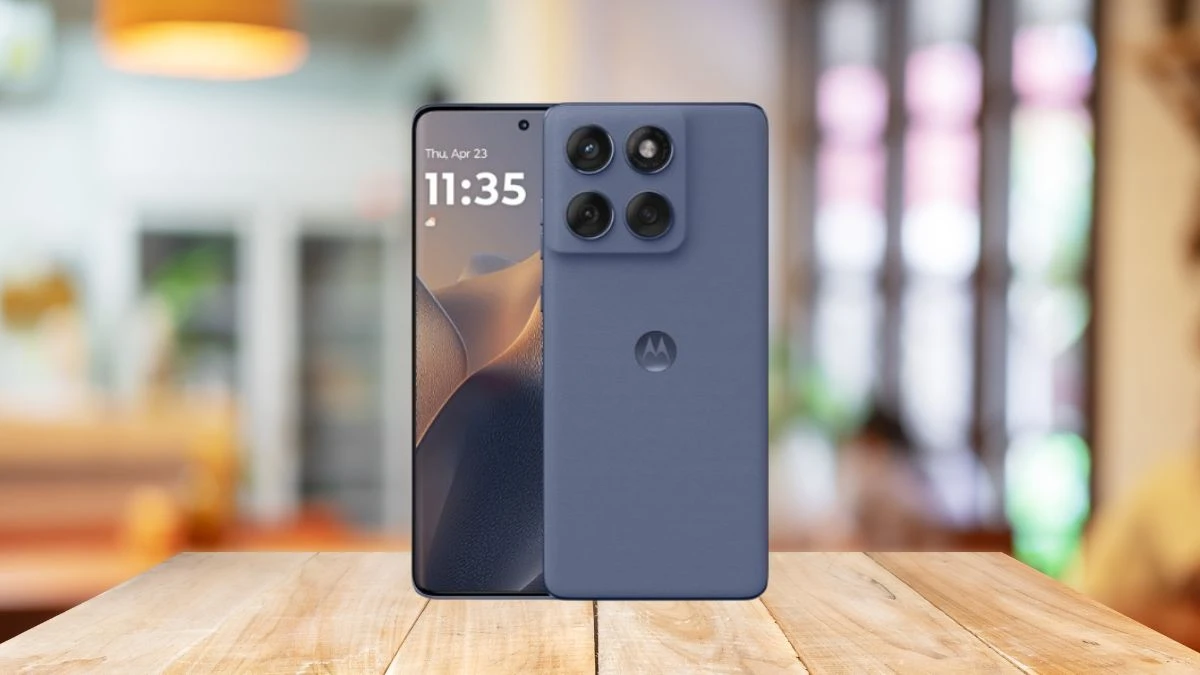
The Motorola Edge 60 Fusion rounds out our list with its excellent low-light capabilities and balanced camera system.
| Camera Type | Specifications |
|---|---|
| Main Camera | 50MP, f/1.8 aperture, OIS |
| Ultrawide Camera | 13MP, f/2.2 aperture, 120° field of view |
| Macro Vision Camera | 5MP, f/2.4 aperture |
| Front Camera | 32MP, f/2.4 aperture |
Why It Excels?
The Motorola Edge 60 Fusion excels in low-light photography thanks to its Night Vision mode, which combines multiple exposures to create bright, detailed images even in extremely dark conditions.
The 50MP main sensor with OIS delivers sharp, well-exposed photos in most lighting situations.
Motorola's approach to image processing aims for natural colors and contrast, resulting in photos that look realistic rather than over-processed.
The ultrawide camera performs admirably for landscape photography, while the 5MP macro camera—superior to the 2MP sensors found in many budget phones—delivers surprisingly good close-up shots.
Video performance is another area where the Edge 60 Fusion shines, with its Action Cam mode providing enhanced stabilization for recording smooth footage while moving.
For those who frequently shoot in challenging lighting conditions, the Motorola Edge 60 Fusion offers exceptional value.
Pros:
- Premium Design & Build: Features a sleek profile with Gorilla Glass 7i front and options for vegan leather or matte acrylic back. It boasts IP68/IP69 ratings and MIL-STD-810H certification, ensuring durability against dust, water, and drops.
- Vibrant Display: Equipped with a 6.67-inch P-OLED display offering a 120Hz refresh rate, HDR10+ support, and peak brightness up to 4,500 nits, ensuring clear visibility even under direct sunlight.
- Solid Performance: Powered by the MediaTek Dimensity 7400 chipset (India variant) paired with up to 12GB RAM and 256GB UFS 2.2 storage, delivering smooth multitasking and gaming experiences.
- Camera Capabilities: The dual-camera setup includes a 50MP main sensor with OIS and a 13MP ultra-wide lens, capturing sharp and vibrant images in daylight conditions. The 32MP front camera supports 4K video recording.
- Battery & Charging: Houses a 5,500mAh battery (India variant) supporting 68W fast charging, allowing the phone to charge from 20% to 100% in approximately 44 minutes.
- Additional Features: Includes stereo speakers with Dolby Atmos support, in-display fingerprint sensor, and eSIM support, enhancing the overall user experience
Cons:
- No Wireless Charging: Lacks wireless charging support, a feature available in some competitors within the same price bracket.
- Low-Light Camera Performance: While daylight photography is commendable, the camera struggles in low-light conditions, producing images that lack sharpness and accurate color reproduction.
- No 3.5mm Headphone Jack: Omission of the headphone jack may inconvenience users who prefer wired audio accessories.
- Average Ultrawide Camera: The 13MP ultra-wide lens delivers decent results but lacks sharpness at the edges, especially in low-light scenarios.
- Plastic Frame: Despite its premium look, the device utilizes a plastic frame, which may not feel as sturdy as metal alternatives.
- No NFC Support: The absence of NFC limits the device's capabilities in contactless payments and quick device pairing.
4. Nothing Phone (3a): Standout Design With Impressive Cameras
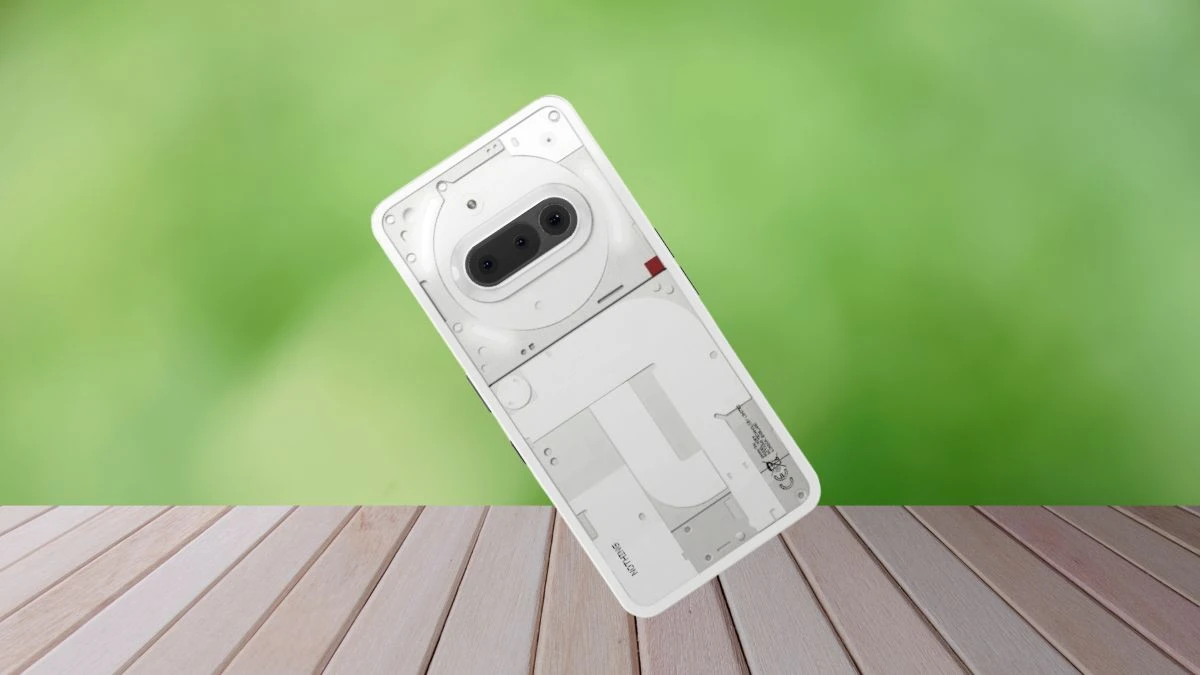
The Nothing Phone (3a) combines unique design aesthetics with a surprisingly capable camera system, making it an excellent choice for style-conscious photographers.
| Camera Type | Specifications |
|---|---|
| Main Camera | 50MP Samsung sensor, f/1.7 aperture |
| Ultrawide Camera | 8MP, f/2.2 aperture |
| Telephoto Camera | 50MP, 2x optical zoom, f/2.0 aperture |
| Front Camera | 32MP, f/2.0 aperture |
Why It Excels?
The Nothing Phone (3a) brings a fresh approach to budget camera phones with its distinctive transparent design and capable triple-camera array.
The 50MP main sensor delivers clean, detailed images with natural colors and excellent dynamic range in most lighting conditions.
What sets the Nothing Phone (3a) apart is its TrueLens Engine 3—Nothing's computational photography system that enhances tone mapping and scene recognition across multiple frames.
This results in well-balanced photos that maintain detail in both highlights and shadows.
The inclusion of a true 50MP 2x telephoto lens—rather than a digital crop from the main sensor—is particularly impressive at this price point, allowing for quality zoom photos and natural-looking portrait shots.
The Nothing Phone (3a) proves that budget phones can deliver both style and photographic substance.
Pros:
- Unique Transparent Design with Glyph Interface: The Phone (3a) features a transparent back with LED glyphs that provide visual cues for notifications, setting it apart in aesthetics.
- Clean Software Experience: Running on Nothing OS 3.1 based on Android 15, the device offers a bloat-free interface with a commitment to three years of Android updates and six years of security patches.
- Decent Camera Performance: Equipped with a triple camera setup—50MP main sensor with OIS, 50MP telephoto lens with 30x ultra zoom, and an 8MP ultra-wide lens—the Phone (3a) captures detailed images, especially in daylight conditions. The 32MP front camera also delivers quality selfies.
- Solid Battery Life: The 5,000mAh battery supports 50W wired charging, achieving a full charge in approximately 56 minutes. It also offers 7.5W reverse wired charging.
- Bright AMOLED Display: The 6.77-inch AMOLED display boasts a 120Hz refresh rate and peak brightness up to 3,000 nits, ensuring clear visibility even under direct sunlight.
Cons
- No Charger Included: The Phone (3a) does not come with a charger in the box, requiring users to purchase one separately.
- Bulky Design: Weighing 201g, the device is heavier compared to some competitors, which may affect comfort during prolonged use.
- Average Ultra-Wide Camera Performance: The 8MP ultra-wide lens delivers softer images with less detail, especially in low-light conditions.
- Limited Video Recording Capabilities: Only the main camera supports 4K video recording; the ultra-wide and telephoto lenses are limited to lower resolutions.
- No Wireless Charging: The device lacks wireless charging support, a feature available in some competing models.
3. Xiaomi 14T: Leica-Tuned Photography Experience
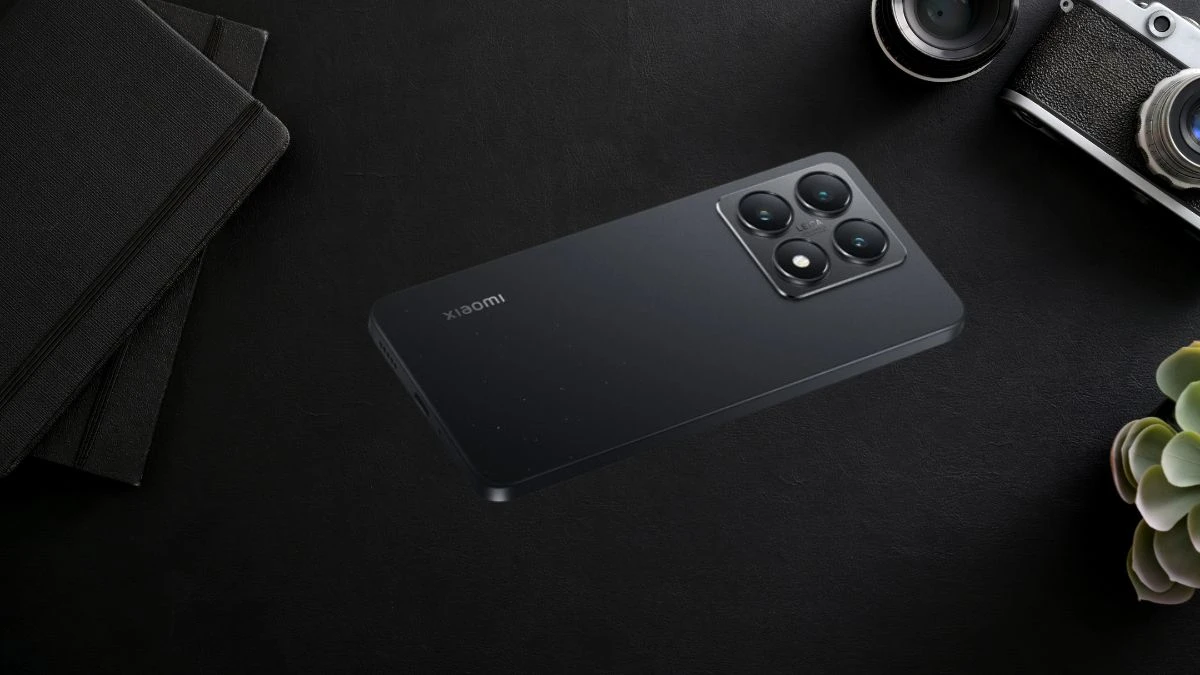
The Xiaomi 14T brings premium Leica optics and tuning to the budget segment, offering a photography experience typically found in much more expensive devices.
| Camera Type | Specifications |
|---|---|
| Main Camera | 50MP Sony IMX906, f/1.7 aperture |
| Ultrawide Camera | 13MP, f/2.2 aperture, 120° field of view |
| Telephoto Camera | 50MP, f/1.9 aperture, 2x optical zoom |
| Front Camera | 32MP, f/2.0 aperture |
Why It Excels?
The Xiaomi 14T's standout feature is its Leica partnership, bringing legendary German optics expertise to a sub-$400 phone.
The camera system delivers two distinct Leica color profiles: Leica Authentic for natural, true-to-life colors, and Leica Vibrant for more dramatic, punchy images.
The 50MP main sensor captures exceptional detail with accurate colors in good lighting, while the dedicated 50MP telephoto provides 2x optical zoom—a rarity in this price range.
Combined with Xiaomi's advanced image processing, the 14T delivers photographs with a distinct character that photography enthusiasts will appreciate.
The camera app offers professional controls, allowing manual adjustments for exposure, white balance, and focus, making it a versatile tool for those who want to take their mobile photography to the next level.
With its impressive hardware and Leica-tuned software, the Xiaomi 14T provides a premium photography experience at a budget-friendly price.
Pros:
- Vibrant OLED Display: The 6.67-inch OLED screen boasts a 144Hz refresh rate and a peak brightness of 4000 nits, ensuring smooth visuals and excellent outdoor visibility.
- Impressive Camera System: Equipped with a Leica-powered triple-camera setup, including a 50MP main sensor, the Xiaomi 14T delivers high-quality photos and videos, especially in bright conditions.
- Robust Performance: Powered by the MediaTek Dimensity 9300 chipset and up to 16GB RAM, the device handles multitasking and gaming efficiently.
- Fast Charging: The 5000mAh battery supports 120W wired charging, allowing for a full charge in approximately 20 minutes.
- Feature-Rich Software: Running on HyperOS based on Android 14, the phone offers AI features like Google Gemini integration and promises four years of major OS updates.
Cons
- No Charger Included: The device does not come with a charger in the box, requiring users to purchase one separately to utilize the fast charging capability.
- Average Battery Life: Despite the large battery, the phone offers average battery life, especially during intensive tasks.
- Pre-installed Bloatware: HyperOS includes several pre-installed apps that may not be useful to all users and can take up storage space.
- No Wireless Charging: Unlike its Pro variant, the Xiaomi 14T lacks wireless charging support.
- Camera Limitations in Low Light: While the main camera performs well in bright conditions, it struggles with exposure instability and color casts in low-light environments.
2. Samsung Galaxy A25: Versatile Triple-Camera System

Samsung's Galaxy A25 offers incredible value with its versatile triple-camera setup and Samsung's refined image processing.
| Camera Type | Specifications |
|---|---|
| Main Camera | 50MP, f/1.8 aperture, OIS, PDAF |
| Ultrawide Camera | 8MP, f/2.2 aperture, 120° field of view |
| Macro Camera | 2MP, f/2.4 aperture |
| Front Camera | 13MP, f/2.2 aperture |
Why It Excels?
The Galaxy A25 delivers remarkable camera performance for its $300 price point. The 50MP main sensor with OIS captures detailed, vibrant photos with Samsung's signature color science—slightly more saturated than real life but pleasing to the eye.
The inclusion of OIS helps significantly with reducing blur in low-light situations and when capturing moving subjects.
While the 2MP macro camera isn't groundbreaking, the 8MP ultrawide delivers respectable quality for landscape photography and group shots.
Samsung's camera software provides a user-friendly experience with various shooting modes, and the device supports 4K video recording—a feature not always available at this price point.
With four years of Android updates promised, the Galaxy A25 represents excellent value for photography enthusiasts on a tight budget, offering a well-rounded camera experience that performs reliably in most situations.
Pros:
- Vibrant Display: Equipped with a 6.5-inch Super AMOLED screen featuring a 120Hz refresh rate and up to 1000 nits brightness, the Galaxy A25 delivers sharp visuals and smooth scrolling.
- Solid Performance: Powered by the Exynos 1280 chipset, the device handles everyday tasks efficiently and supports 5G connectivity for faster data speeds.
- Impressive Battery Life: The 5000mAh battery ensures extended usage, often lasting more than a day on a single charge.
- Enhanced Camera Capabilities: The 50MP main camera with Optical Image Stabilization (OIS) captures detailed photos and supports 4K video recording, offering versatility in photography.
- Stereo Speakers: The inclusion of stereo speakers provides a richer audio experience, enhancing media consumption.
- Long-Term Software Support: Samsung promises four years of Android updates and five years of security patches, ensuring the device remains up-to-date.
- Expandable Storage: The phone supports microSD cards, allowing users to increase storage capacity as needed.
Cons:
- No Charger Included: The device does not come with a charger in the box, requiring users to purchase one separately.
- Lack of Official Water Resistance Rating: The Galaxy A25 lacks an official IP rating, which may concern users seeking water and dust resistance.
- Average Low-Light Camera Performance: While the main camera performs well in good lighting, it struggles in low-light conditions, affecting photo quality.
- Plastic Build: The device features a plastic frame and back, which may not feel as premium as glass or metal constructions.
- No HDR Support: The display lacks HDR support, which could impact the viewing experience for HDR content.
1. Google Pixel 9a: The Computational Photography King
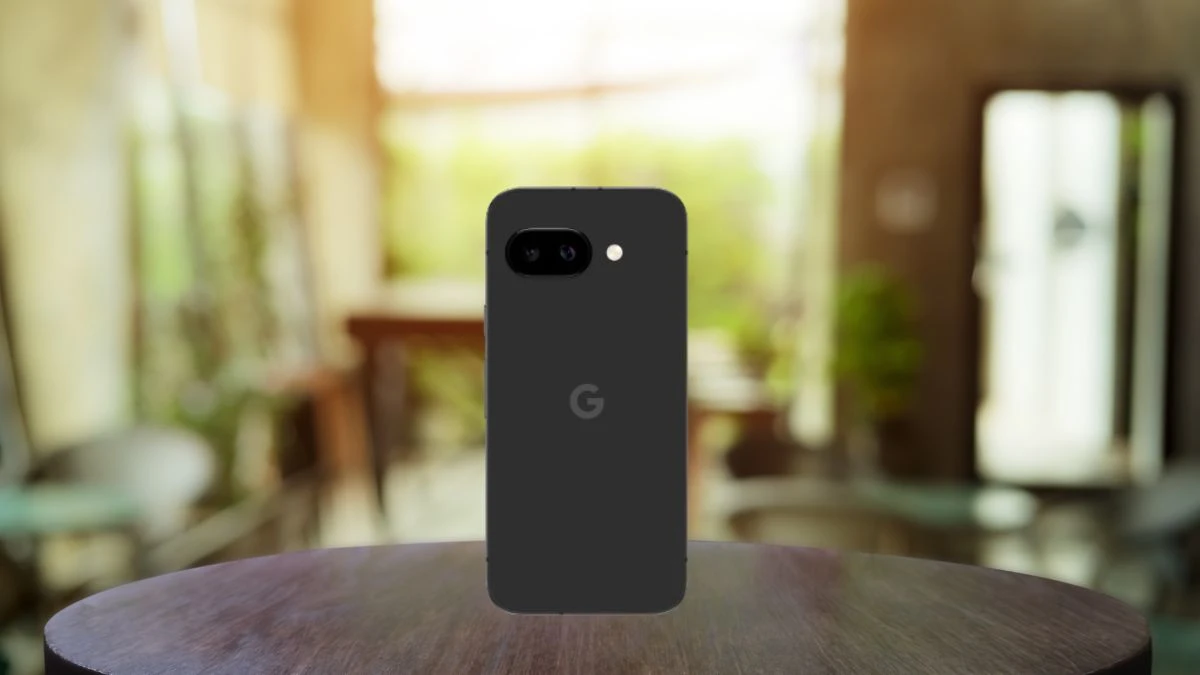
The Google Pixel 9a stands as the undisputed champion of budget camera phones in 2025, continuing Google's tradition of delivering flagship-level photography at a mid-range price point.
| Camera Type | Specifications |
|---|---|
| Main Camera | 48MP, f/1.7 aperture, Quad PD Dual Pixel, OIS |
| Ultrawide Camera | 13MP, f/2.2 aperture, 119.7° field of view |
| Front Camera | 13MP, f/2.2 aperture |
Why It Excels?
The Pixel 9a's photographic prowess comes not just from its hardware but from Google's unmatched computational photography algorithms.
The 48MP main sensor with its wide f/1.7 aperture captures stunning detail and performs exceptionally well in low-light conditions.
While this might seem like a downgrade from the Pixel 8a's 64MP sensor on paper, the wider aperture and improved processing deliver noticeably better results, especially in challenging lighting.
Google's Night Sight continues to set the standard for low-light photography in this price range, transforming dark scenes into bright, detailed images without excessive noise.
The addition of a Macro Focus mode allows for impressive close-up photography, something previously reserved for more expensive devices.
The Pixel 9a also benefits from Google's latest AI features, including "Add Me" which allows you to add yourself to group shots even when you're the one taking the photo.
Combined with seven years of software updates, the Pixel 9a represents the best long-term camera investment in the budget segment.
Pros:
- Exceptional Camera Performance: The Pixel 9a boasts a 48MP main camera with Optical Image Stabilization (OIS) and a 13MP ultrawide lens. Combined with Google's advanced AI features like Magic Editor, Add Me, and Night Sight, it delivers impressive photography capabilities.
- Robust Battery Life: Equipped with a 5,100mAh battery, the device offers extended usage, often lasting more than a day on a single charge.
- Vibrant Display: The 6.3-inch OLED display supports a 120Hz refresh rate and reaches up to 2,700 nits peak brightness, ensuring clear visibility even under direct sunlight.
- Long-Term Software Support: Google promises seven years of Android updates and security patches, providing longevity uncommon in this price segment.
- Durable Build: With an IP68 rating, the Pixel 9a is resistant to dust and water, enhancing its durability.
- Clean Software Experience: Running on Android 15, the device offers a bloat-free interface with exclusive Pixel features like Gemini AI assistant integration.
Cons:
- Limited Gaming Performance: The Tensor G4 chip, while adequate for daily tasks, struggles with intensive gaming, leading to potential overheating during prolonged sessions.
- Slow Charging Speeds: Despite supporting 23W wired and 7.5W wireless charging, the device takes approximately 1.5 hours to fully charge, which is slower compared to some competitors.
- No Charger Included: The Pixel 9a does not come with a charger in the box, requiring users to purchase one separately.
- Plastic Back Construction: The device features a plastic back, which may not feel as premium as glass or metal alternatives.
- Lack of Telephoto Lens: The absence of a dedicated telephoto lens limits optical zoom capabilities, relying instead on digital zoom.
Making Your Decision: Which Budget Camera Phone is Right for You?
When choosing the best budget camera phone for your needs, consider these factors:
- Photography Priority: If camera quality is your absolute top priority, the Pixel 9a is the clear winner
- Value Proposition: The Galaxy A25 offers the most bang for your buck at just $300
- Zoom Photography: The Nothing Phone (3a) and Xiaomi 14T excel with their dedicated telephoto lenses
- Night Photography: The Pixel 9a and Motorola Edge 60 Fusion lead in low-light performance
- Video Recording: All five phones support 4K video, but the Pixel 9a and Motorola offer superior stabilization
- Software Experience: Consider whether you prefer stock Android (Pixel), One UI (Samsung), HyperOS (Xiaomi), NothingOS, or MyUX (Motorola)

